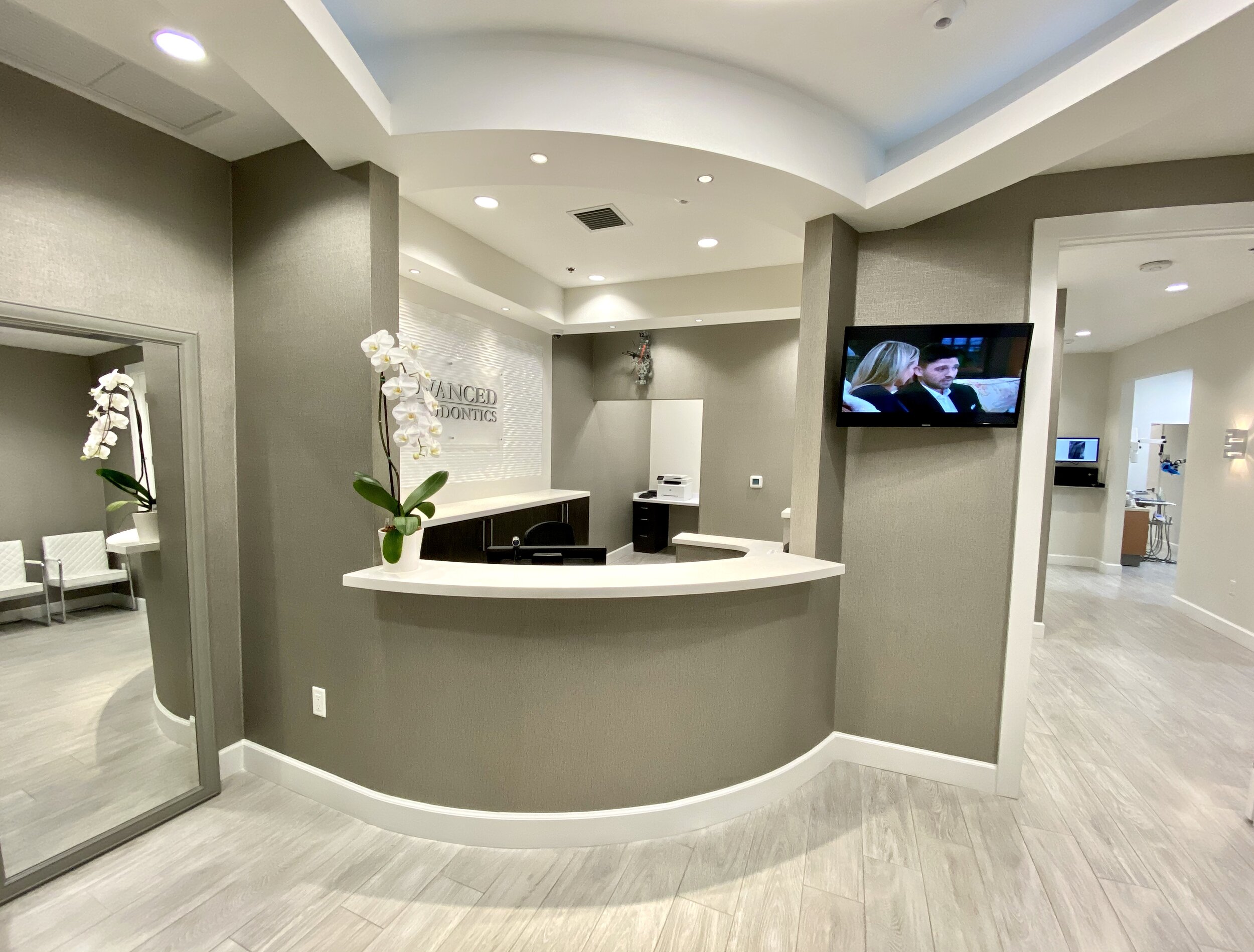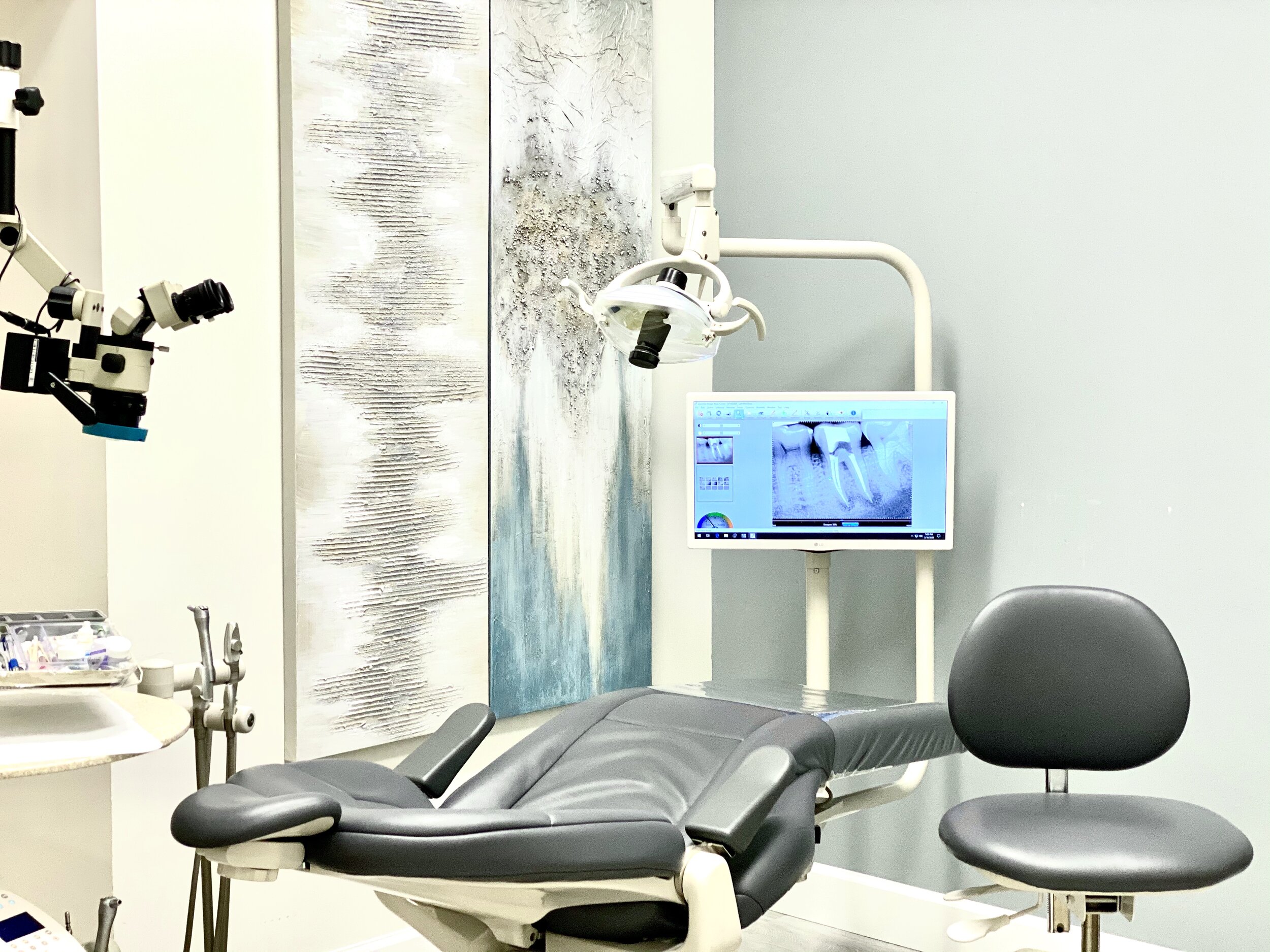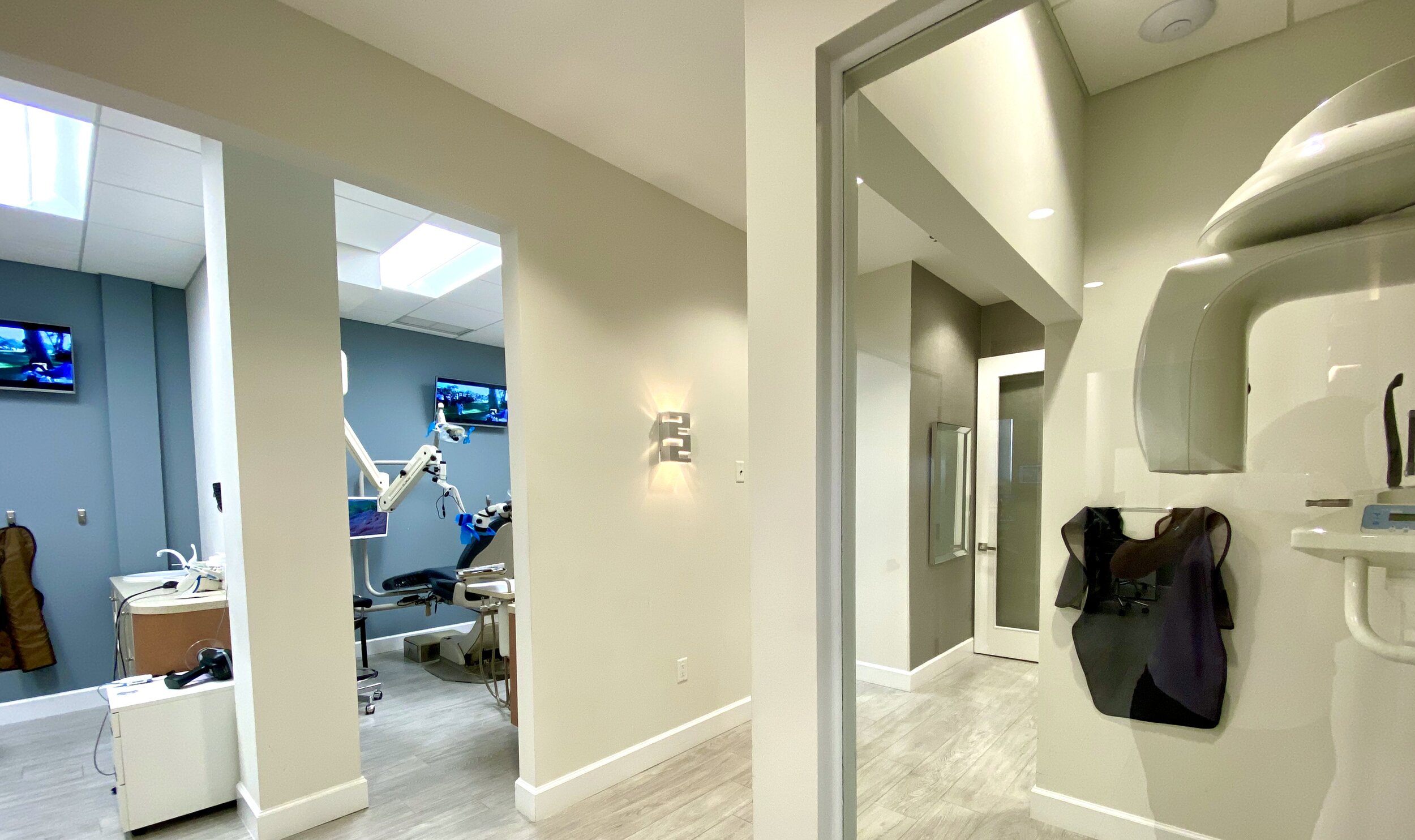what to expect
When you choose to be seen by one of our caring endodontists, a radiology-certified dental assistant will take an X-ray, and an exam will be performed by the endodontist to help diagnose the problem.
The endodontist will explain and discuss the treatment options with you.If a root canal is the best option available to save your tooth, you may decide to have it done right away or schedule an appointment for a later date. If you choose to proceed with the treatment, a local anesthetic will be injected, as is usually done for a regular filling.
EndodontiCS
Endodontic therapy is a conservative measure developed and dedicated to saving natural teeth that otherwise may have to be extracted. Even though modern dentistry offers a wide variety of tooth replacement options, retaining your natural dentition is still the best choice for your overall long-term dental health.
Retaining your natural teeth helps maintain an intact dental arch. The dental arch is an arrangement of teeth in the jaw that a person develops once all of their permanent teeth have grown in.It also helps to maintain your current occlusion, or the way your upper and lower teeth meet. It prevents other teeth from shifting and overerrupting.
EXAM & X-RAYS
Even though it may be obvious which tooth requires root canal therapy, the endodontist still needs to perform a thorough endodontic exam. There are several different diseases of the pulp, both painful and not painful, which often extend into surrounding tissues.
They may require different clinical approaches (including different anesthesia types), number of appointments necessary, and sometimes, different instrumentation techniques. Depending on the exact diagnosis, teeth may behave differently in the days after treatment. In the unlikely event, when after initiating endodontic therapy, the patient experiences pain or infectious flare up, and there is an after-hours emergency, treatment will be based in large part on the information gathered BEFORE the root canal is started.
Read More
Endodontic therapy, also known as root canal treatment, is necessary to be performed on the pulp that has been damaged or destroyed by infection. By removing the infected pulp and placing a permanent restoration, the tooth can be saved. Prompt treatment helps reduce risks of the spreading infection and avoiding complications.
Some of the causes of damaged pulp are decay, physical trauma and structural damage to dental restorations. If left untreated, this issue may cause problems such as extreme pain and/or infection. By preventing the need for extraction, we can help patients avoid complications of tooth loss, which include, but ate not limited to teeth shifting, tooth decay and periodontitis.









